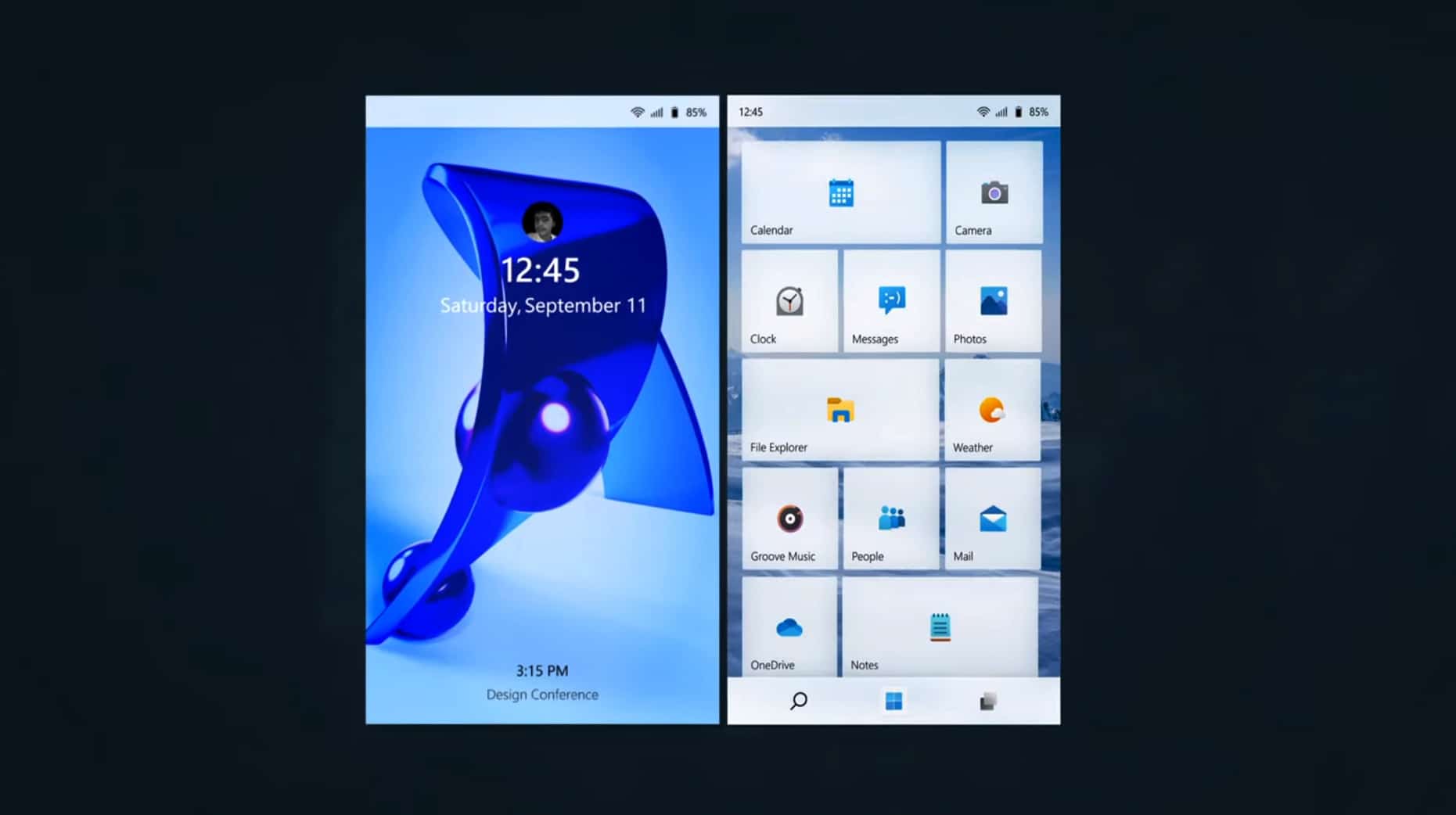

In 2006, Zune refreshed its interface using these principles. This interface carried over into later iterations of Media Center. Early glimpses of this style could be seen in Windows Media Center for Windows XP Media Center Edition, which favored text as the primary form of navigation, as well as early concepts of Neptune. The design language is based on the design principles of classic Swiss graphic design. Later, the Fluent Design language extended it. Microsoft Design Language 2 (MDL2) was developed alongside Windows 10. According to Microsoft, "Metro" has always been a codename and was never meant as a final product, but news websites attribute this change to trademark issues. Before the "Microsoft design language" title became official, Microsoft executive Qi Lu referred to it as the modern UI design language in his MIXX conference keynote speech. It has since been incorporated into several of the company's other products, including the Xbox 360 system software, Xbox One, Windows 8, Windows Phone, and. The design language evolved in Windows Media Center and Zune and was formally introduced as Metro during the unveiling of Windows Phone 7. Early examples of MDL principles can be found in Encarta 95 and MSN 2.0. This design language is focused on typography and simplified icons, absence of clutter, increased content to chrome ratio ("content before chrome"), and basic geometric shapes. Microsoft Design Language (or MDL), previously known as Metro, is a design language created by Microsoft.


 0 kommentar(er)
0 kommentar(er)
